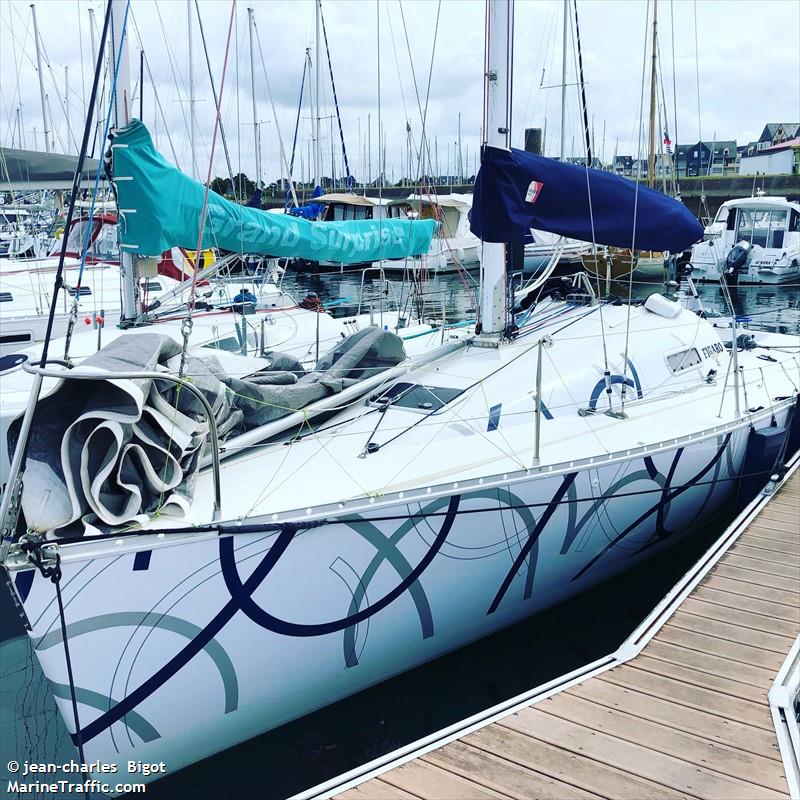CMB’s Windcat Workboats granted first hydrogen bunkering permit in the Netherlands

The first hydrogen bunkering license in the Netherlands has been granted in the port of IJmuiden, allowing Windcat Workboats, part of Compagnie Maritime Belge (CMB), to bunker its crew transfer vessel Hydrocat 48.
The IJmond Environmental Service granted a permit for the activity on behalf of Velsen Municipality after Windcat Workboats looked into the necessary elements to make bunkering hydrogen possible in collaboration with the Port of IJmuiden and Port of Amsterdam.
“This license represents a major step in the possibility to use hydrogen as a fuel for vessels and increasing the sustainability of the sector,” said Willem van der Wel, managing director of Windcat Workboats, adding that as bunkering hydrogen for shipping is a new development, the licensing process was quite complex.
The Hydrocat 48 CTV, powered by a dual-fuel solution of hydrogen in combination with marine gas oil, is being trialed at the Norther offshore wind farm operating out of the port of Oostende for turbine maker Vestas. The vessel, developed with CMB’s clean technology division, CMB.Tech, will initially be powered mostly by grey hydrogen due to a lack of available green hydrogen, something CMB has also been working on, most recently joining forces with Ports of Stockholm to set up a hydrogen fuelling station at Stockholm Norvik Port.
Bunkering hydrogen for vessels is a major development in increasing the sustainability of the ports of IJmuiden and Amsterdam as well as the wider shipping sector, Amsterdam IJmuiden Offshore Ports (AYOP) said.
The North Sea is regarded as a key location for delivering sustainable energy. The North Sea Canal region will be responsible for a large portion of the 21 GW of wind at sea planned for 2030, and meeting this challenge will necessitate space for port and quay infrastructure. There are investments planned in this framework for preparing the infrastructure for wind farm production, installation, and maintenance.
“Now that the vessels sailing to and from these wind farms can benefit from bunkering hydrogen, working on the transition will be made as clean as possible,” AYOP noted.

 .
.